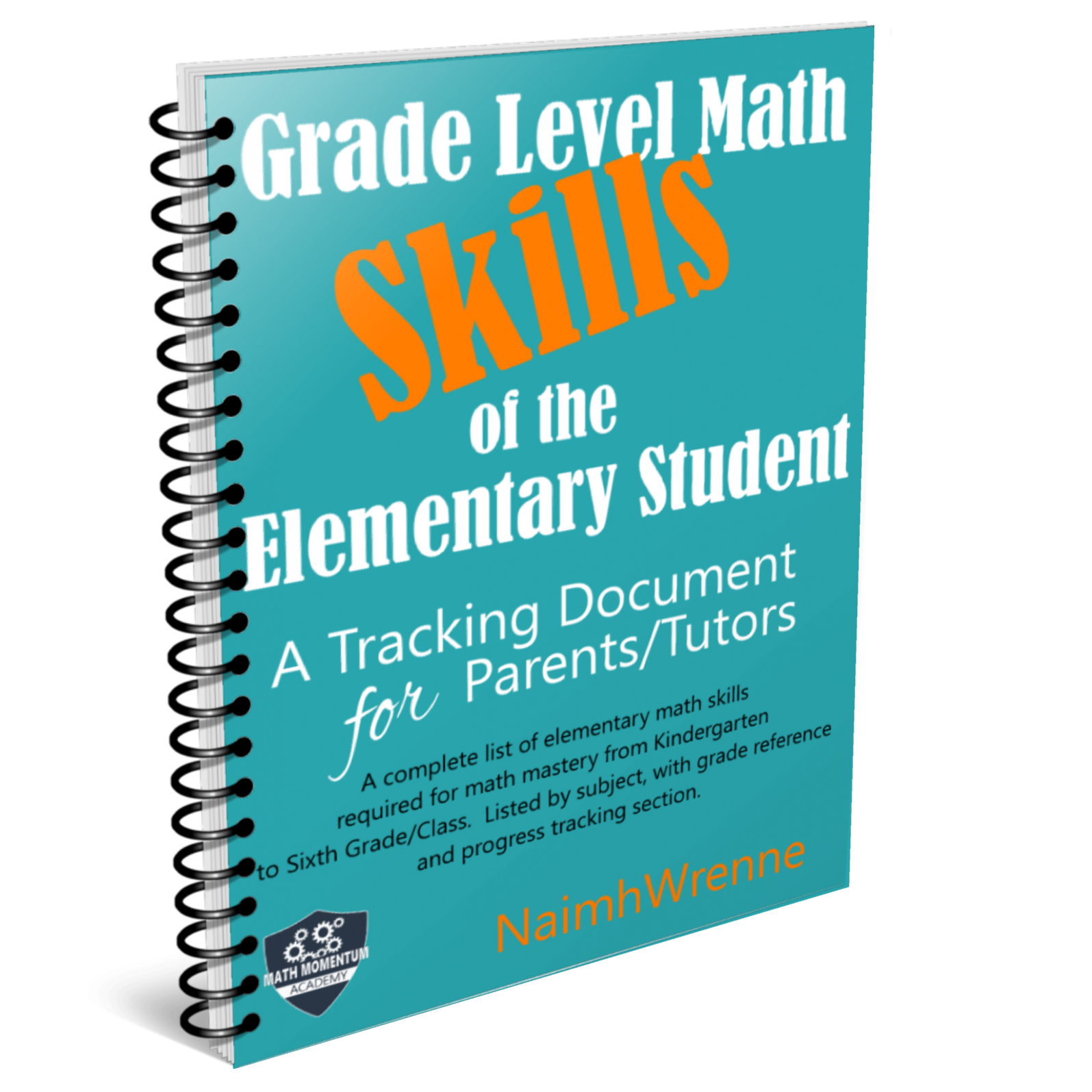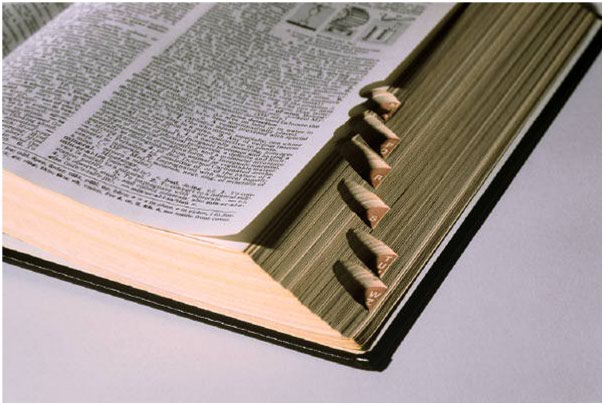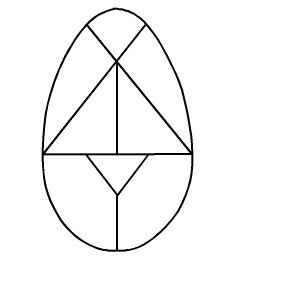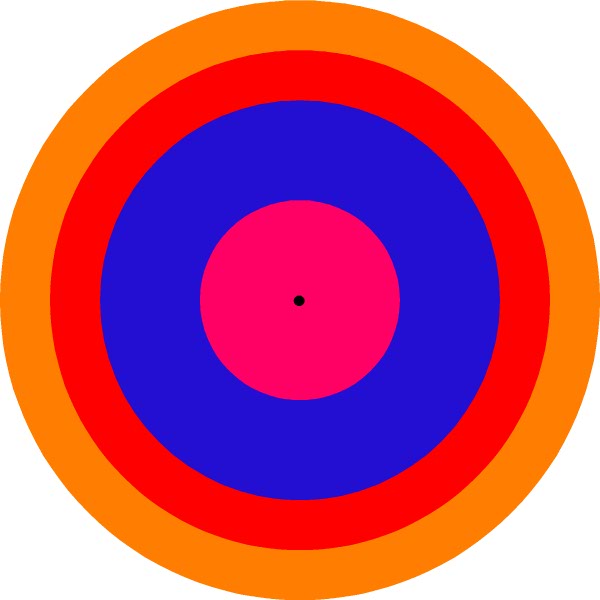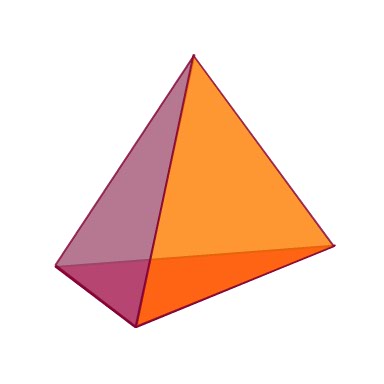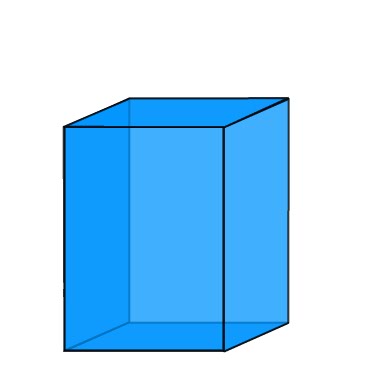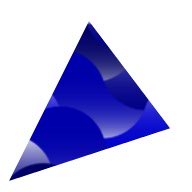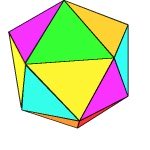Master the Isosceles Triangle with these Seven Specific stages.
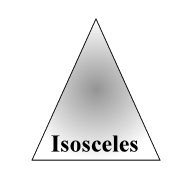
The Isosceles triangle, like the equilateral triangle is identified by its line lengths.
An Isosceles triangle will ALWAYS have two side lengths equal in length.
At this stage of geometry your child should easily be able to distinguish whether two lines are equal in length or not. If they can't do this yet, you need to take them back to develop this skill.
The seven steps detailed bellow take you from basic identification all the way through to taking a detailed look at the theorems involving the isosceles triangle.
These steps also include 'pit stops' to complete fun geometry projects and coloring sheets.
These are nice 'breathers' on the learning curve, but they are excellent ways to reinforce the new knowledge, in ways that your kid can get a real life, hands on approach to understanding the basic geometry concepts included.
Okay, so let's get started ...
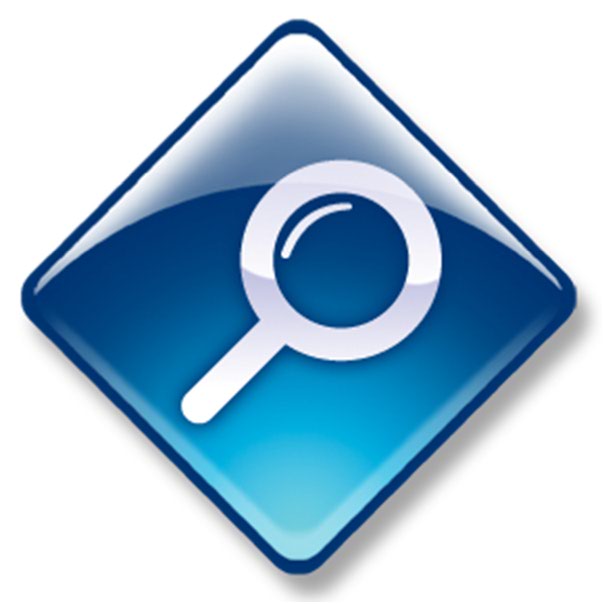 |
Identify - How do we know a triangle is Isosceles ? |
An Isosceles triangle is simply identified by its line lengths. If two sides are of equal length then it is an Isosceles, and that's it! However it is also necessary for your child to know another important attribute of this triangle.
If it's two sides are equal in length, then its two base angles are also equal in size. In a math question, the given information may identify either the two base angles or the two sides as equal.
In either case students have to identify the triangle as Isosceles.
An Isosceles triangle, can also be a Right triangle. This is called a Right Isosceles Triangle.
 |
Calculate Area & Perimeter of an Isosceles Triangle |

The Area of this type of triangle is calculated the same way as EVERY triangle. It is always half the length of the base multiplied by the perpendicular height of the triangle.

The Perimeter of ANY shape is simply the sum total of all the lengths of the shape - and a triangle is no different.
 |
How to Construct an Isosceles TriangleTo complete this, you will need a ruler, pencil, compass and a blank piece of paper! |

As you read the following steps, reference the diagram to the left.
Step 1: Draw a straight line lightly using your ruler and pencil on your paper. - This is what we call a construction line.
Step 2: Indicate on this line, two points - these points are two of the triangles vertices.
Step 3: Using your compass, measure a distance LARGER than your first line segment.
Step 4: Put your compass on point 1, and draw and arc.
Step 5: Move your compass to point 2 (keeping the original distance) and draw an arc that intersects the first arc.
Step 6: You now have your three vertices. Connect these with a heavier line (my images use the color blue) to construct your triangle.
Download one triangle worksheet, or all of them, to offer your student the practice they need to identify these shapes.
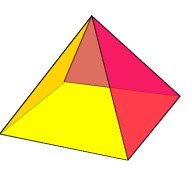 |
Relationship to 3D Shapes |
The 3D Figures a Kindergarten through Sixth grade student is most likely to deal with is are the Pyramid and Trianglular Prism.
 |
Geometric Coloring Sheets |
The use of coloring sheets allows your child to start experimenting with triangles. A great first step is to encourage your child to color in triangles adjacent to each other with the same color, until their shape starts to look like 'something'.
Perhaps that something will be a rectangle or a house! By doing this, your child will start to realize the connection between different shapes. You will find some nice free geometric coloring pages to download and get started with.
 |
Fun Geometry Projects |
Coming soon!
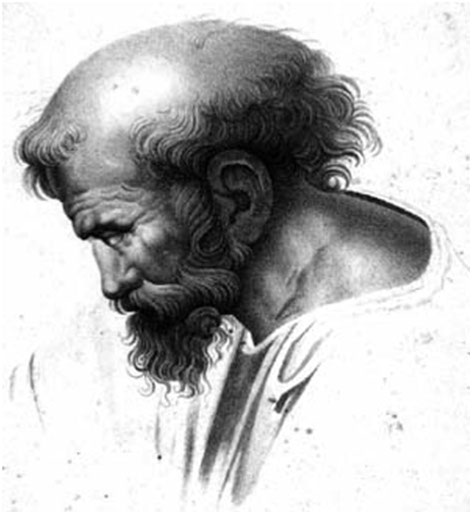 Pythagoras |
Theorems & Proofs |
Coming soon!
I have created Free printable triangle worksheets for you to offer your child for more practice. Download, print and give them to your kids. They're available 24/7!
I am sure you will find all the information and worksheets you need here, however if there is anything you cannot find please don't hesitate to contact me or simply visit the MathMomentumCommunity and join the conversation!
I love to hear from my readers, and with a little feedback and a few suggestions I can make this a great resource for parents, teachers and tutors alike.
Be sure to explore everything on this site starting at the home page.
Return from this Isosceles Triangle page to our Different Types of Triangles Section.
Or
Return from this page to K6 Geometric Shapes Home Page, to explore all the other great sections I have to offer.

